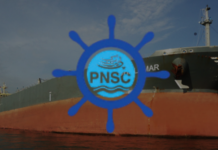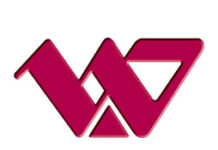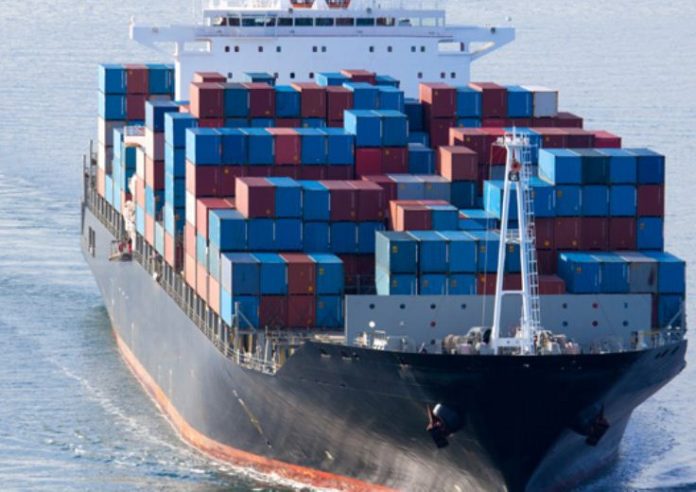Pakistan has embarked on a major digital overhaul of its maritime sector to improve efficiency, enhance transparency, and drive economic growth. Led by the Task Force on Revamping Pakistan’s Maritime Sector, the initiative focuses on modernizing port operations through advanced technology and digital integration, according to a report by The News.
Key ports, including Karachi, Port Qasim, and Gwadar, play a crucial role in the country’s economy. However, inefficiencies, outdated logistics, and lack of transparency have long hindered their potential. To address these challenges, the government has launched several digital reforms aimed at streamlining operations and improving international trade facilitation.
A central component of the initiative is the introduction of a Port Community System (PCS), a neutral electronic platform designed to facilitate seamless information exchange among stakeholders. Implemented in phases, it will initially focus on vessel management before expanding to cover broader port operations, terminal gate management, and logistics appointments.
Pakistan Customs is also upgrading its WeBOC (Web-Based One Customs) system to improve service efficiency, user experience, and integration with external platforms. This will be complemented by real-time integration of Terminal Operating Systems (TOS), which is expected to optimize cargo handling and minimize delays.
To enhance financial transparency, all trade-related transactions will now be conducted digitally via the Pakistan Single Window (PSW), reducing corruption and streamlining payments. Additionally, ports are deploying a Vessel Traffic Management System (VTMS) to improve navigation safety and coordination within Pakistani waters.
Other major reforms include the establishment of Other Government Agencies (OGA) offices for faster clearance processes, the implementation of Enterprise Resource Planning (ERP) systems at Karachi Port Trust and Port Qasim Authority, and the development of Business Intelligence (BI) dashboards for data-driven decision-making.
Artificial intelligence and machine learning are also being incorporated into Risk Management Systems (RMS) and Integrated Risk Management Systems (IRMS) to automate risk assessment and expedite cargo processing. Meanwhile, modern Non-Intrusive Inspection (NII) scanners will enhance security and improve clearance efficiency at ports.
According to officials, these measures represent a significant shift in Pakistan’s maritime infrastructure, positioning the country as a more competitive global trading hub. By leveraging digital solutions, Pakistan aims to attract foreign investment, boost trade efficiency, and foster economic growth.
























